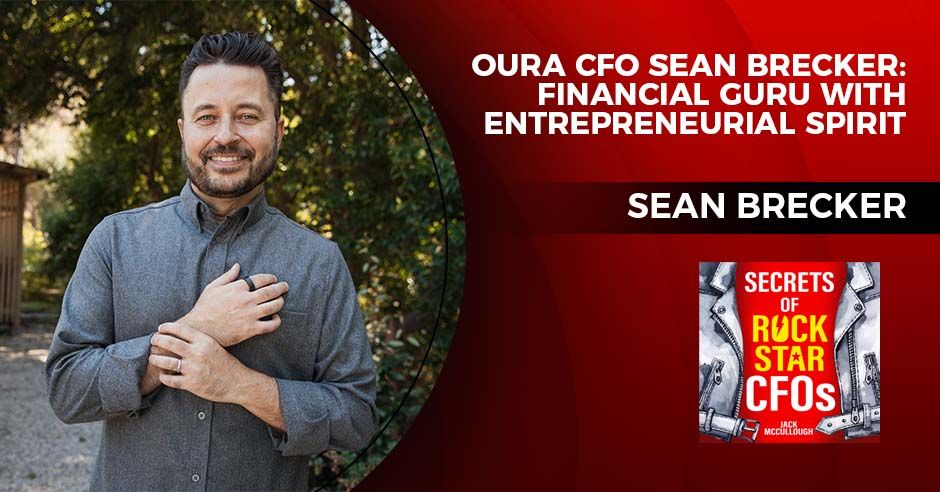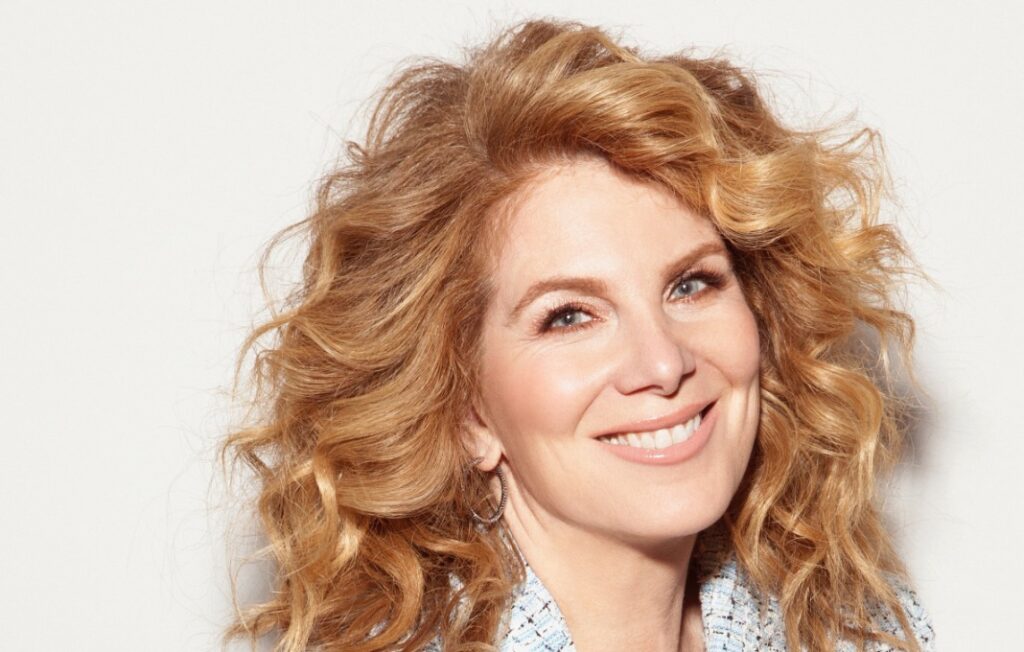
For more than 20 years Chester Elton and his co-author Adrian Gostick have been studying and writing about teams, about corporate culture, about leadership, all while coaching thousands of top executives at businesses large, medium and small. Across all of this, they’ve stumbled upon a single constant among all the top performers, one that might not be what you’d expect.
“As we studied the best teams, the best leaders, the best cultures, there was always this thread of gratitude—always,” he says. “And so it became very apparent that it wasn’t a nice-to-have if you were to be a great leader. It was an absolute must-have.”
That insight led to their book Leading With Gratitude (Harper Business, March 2020), which was—in a stroke of unbelievably good or bad timing, depending on your perspective—published just as Covid hit the U.S. last year.
Now, as the nation moves out of the pandemic nightmare, I thought it was a good time to check in with Elton about the power of gratitude in the workplace—and why, as he says, it has become perhaps the essential leadership skill right now. Highlights of our conversation, edited for length and clarity, follow.
We’re back in a hyper-competitive market for talent. We’re all going to be competing for the same workers and now lots of them can work anywhere. In this market, is gratitude going to be more of a requirement for senior leaders?
Yes. Because if you talk about retention, you don’t leave people that love you. The number one reason people leave a job is the relationship with their immediate supervisor. If you want turnover, don’t use gratitude. If you want people to stay, let them know that they matter.
What is gratitude in a business setting?
Gratitude in a business sense is an emotional affirmation that what you did mattered and by extension that you matter. I think it’s that simple.
What does your research show you about the difference operationally between grateful cultures and not-as-grateful cultures? What are the hallmarks?
In a culture of gratitude, it’s safe to make mistakes. I’ll give you a perfect example: Garry Ridge at WD 40. They don’t make mistakes. They have learning opportunities. Right? Their name WD-40 comes from trying 40 formulas. So there were 39 mistakes. Well, they’d say they had 39 learning opportunities. When you’re grateful for the effort, regardless of the outcome, and you express that gratitude, it makes it safe to innovate. It makes it safe to try new stuff.
You can’t be in a state of gratitude and a state of anxiety at the same time. Simple practices of expressing gratitude lower anxiety levels. One of the things that gratitude does in a magnificent way is communicate what it is you value most. Because if I’m celebrating it, it’s valued. If you want to be a better communicator, lead with gratitude.
So why isn’t it a bigger part of what we’re trained to do as we become managers?
You have a good word there and that’s trained. We don’t train on this stuff and we should. We’re trained about how to read spreadsheets and P&Ls and manage projects and so on. I don’t know anybody that says, “Hey, we’re going to train you to lead with gratitude.”
Here’s an interesting anecdote for you. We started to survey employees and we asked leaders, “Are you above average in expressing gratitude?” Like 70% said, “Yes.” We interviewed their employees. Only 23% said, “Yes.” So there’s this gap. We asked leaders, “Do you manage by fear?” They said “No.” Then we’d survey their employees. They said, “Yeah, they do.”
Now it wasn’t intentional. Leaders would just say “Look, I’m just being honest and open that if we don’t hit this quota, I can’t guarantee your jobs.” That’s a fear-based culture, as opposed to being honest and opening open and saying, “These are the things we need to do to get it done.” You don’t have to say if we don’t hit the quota, you can’t guarantee jobs. Everybody knows that.
The other thing about leading with gratitude that I love is that it builds relationships. With the advent of the smartphone, everybody’s available 24-7, you get the whole employee, whether you want it or not. Right? So the really good leaders that lead with gratitude understand the person’s story. Where did you come from? How did you get here? What are your aspirations? Where do you want to go?
Scott O’Neil, the CEO of HBSC—they own the Philadelphia 76ers and the New Jersey Devils—he’s phenomenal. He says, “You should know what your people want to do and who they want to become. You’re going to find that there’s somebody on your team, they want to go to the moon—and you know what your job is? Help them get there.” To me, that’s, that’s an expression of gratitude.
Can you talk a little bit about gratitude in the time of Covid and this post-Covid period? There’s so much change going on in the workplace. What is gratitude’s role in leading in this environment?
The number one skill that leaders have got to have right now coming out of Covid is empathy. So how do you express that empathy? You know your peoples’ stories. You do lots of one-on-ones. American Express, they are doing the most incredible employee surveys right now, asking people, “Where do you feel safe? How do you feel safe? Where are you working? How do you feel about coming back to work? How do you feel about people in the workplace that are vaccinated or unvaccinated or masks?” And on and on and on.
They’ve gathered all this data. They know their team. Great coaches—they know their team. And then that filters down to the line managers, and then the line managers are going to have one-on-ones with their people. The number one cause of anxiety is uncertainty.
Now, the reason a lot of people aren’t doing it is because that sounds like a lot of work. And you know what? It is. And why do it? Because it’s worth it. Because you’ll keep your best people. You’ll attract great people and they’ll produce for you.
Last question. What does it do to the leader themselves when they practice this behavior?
Adrian and I both do a lot of executive coaching and we meet leaders, they’ll be the older school, you know, “Here’s an expression of gratitude: Do what I say.” Like that. And we’ll say, “Look, you gotta loosen your grip here. You gotta lighten your touch.”
We get them to do simple things, like write a handwritten note three times a week, drop a text to somebody and they’ll go, “Yeah, yeah, yeah. I’ll do it, but I’m just going to do it so I can tell you I did it.” I say, “Great start.”
The more they do it, stuff would come back. Like one guy wrote a handwritten note to somebody on his team. He said, “She came into my office in tears. I couldn’t believe it. She said, ‘You know, I’ve worked for this company for 10 years. It’s the first time anybody dropped me a note. You have no idea what this meant to me. Thank you so much.”
See, the thing about leading with gratitude is all the data that we’ve got about more productivity, more retention, yeah. It’s all great. What it doesn’t really measure is the fact that the leaders become not just better leaders. They become better people.
The younger generations that are coming into the workforce, they don’t want to just be more efficient workers. They just don’t want to figure out ways to make better and faster widgets. They want to have impact. They want to know that they matter, and they want you to treat them as whole people. “These are my dreams, my aspirations. I want to go to the moon. Will you help me get there?”
When you get into that kind of a relationship at work, why would you leave? Why would you not come to work excited every day?
Every leader that we interviewed, Gary Ridge, Alan Mulally, Ken Chenault, Indira Nooyi, the thing that was so incredible, they all practiced this in their personal lives. In other words, they all took it home.
One of my favorite [stories from the book] is Dave Kerpen. He’s got this digital ad agency in New York. He’s got three kids. “They come home from school and we’d try to get together as often as we could. And it was the conversation that any parent has had: ‘How was school?’ ‘Fine.’ ‘What did you learn?’ ‘Nothing.’”
So he said, “You know what? We’re going to mix this up. We’ve got to bring more gratitude into our family.” So at dinner, every night, he said, “You’ve got to answer three questions: First, what was the best part of your day? Question two: Who are you grateful for who’s not at the table? A teacher, a coach, a friend? Third one: Who’s at the table who hasn’t been thanked yet?”
They just started to do it, and then it went from doing what they said they’d do to becoming who they wanted to be. My favorite part of the story is, he said, “I knew that we’d broken through when my kids brought a friend home for dinner and I could hear him say, ‘Okay, now at dinner, you’ve got to answer three questions. Okay, don’t screw this up.’”
So from a better way to lead to just a better way to live, from becoming not just a more efficient leader, but a better leader and a better person. You introduce gratitude into people’s lives and where they work, and everything gets better.








